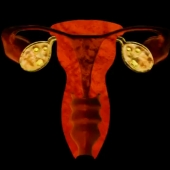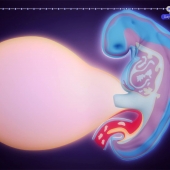If you are having certain operations such as pelvic, hip or leg surgery, you may be able to avoid general anaesthesia by having your operation under spinal or epidural anaesthesia instead.
Spinal or epidural anaesthesia are also often used during child birth. Both spinal and epidural anaesthesia involve in injecting medications near the spinal cord. This makes you numb from the level of your chest down to your feet.
Advantages of having spinal and epidural anaesthesia include the ability to be awake during the operation and to avoid the risk of associated with general anaesthesia, because spinal and epidural anaesthesia rarely cause decreases in blood pressure and other changes that might require rapid treatment.
Prior to receiving spinal or epidural anesthesia, the anaesthesist will use an antiseptic solution to clean the area back where the medicine is injected. To decrease pain from the needle stick her or she may install a local anaesthetic directly over the spot where the spinal or epidural will be inserted.
About video: This video is an informative animated presentation that explains in detail about spinal and epidural anaesthesia.
- 7275 views













